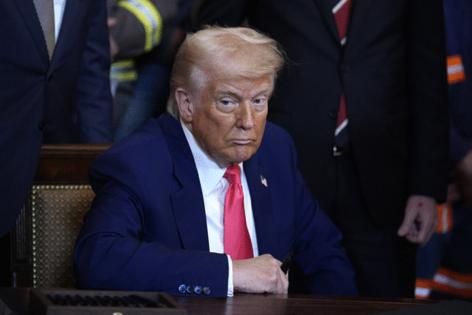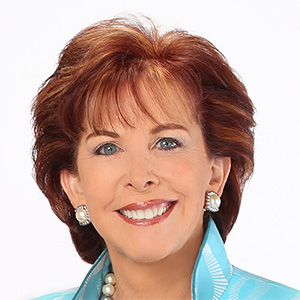Trump administration takes aim at California's cap and trade program
Published in Business News
There’s another battle brewing between the Trump administration and California.
A White House executive order issued earlier this week wants to roll back what it calls “all illegitimate impediments” by various state to develop U.S. energy resources and called out California’s cap and trade program that has been in place since 2012.
But Gov. Gavin Newsom and other state officials say cap and trade is here to stay.
“California’s efforts to cut harmful pollution won’t be derailed by a glorified press release masquerading as an executive order,” Newsom said in a statement.
The cap and trade program requires power plants, natural gas providers and large industries in the Golden State that emit greenhouse gases to buy permits on the carbon pollution they produce.
The California Air Resources Board, which administers the program, calls it “a foundational, cost-effective policy tool” to reduce greenhouse gas emissions by establishing a market for tradable emissions credits, which generates money to fund decarbonization projects.
Headlined, “Protecting American energy from state overreach,” Trump’s executive order said affordable and reliable domestic energy supply is “threatened when state and local governments seek to regulate energy beyond their constitutional or statutory authorities.”
The order accused New York and Vermont as states that use “extortion laws” on energy producers that emit greenhouse gases.
It also took aim at California, saying the Golden State “punishes carbon use by adopting impossible caps on the amount of carbon businesses may use, all but forcing businesses to pay large sums to ‘trade’ carbon credits to meet California’s radical requirements.”
The order goes on to say that such “laws and policies weaken our national security and devastate Americans by driving up energy costs for families coast-to-coast, despite some of these families not living or voting in states with these crippling policies.”
And it directs U.S. Attorney General Pam Bondi to “expeditiously take all appropriate action to stop the enforcement of state laws and continuation of civil actions … that the Attorney General determines to be illegal” and “recommend any additional presidential or legislative action necessary to stop the enforcement” of such laws and policies.
What specific steps may be taken were not spelled out, but the chair of the Air Resources Board told the Union-Tribune the agency, known as CARB for short, is not budging.
“It should be clear by now that the only thing the Trump administration’s actions accomplish is chaos and uncertainty, but one thing is for certain — California will stand our ground and fight to maintain our authority to reduce harmful pollution to the fullest extent possible,” Liane Randolph said in a statement,
CARB officials said the cap and trade program has funded $28 billion in climate investments that have delivered “more than half a million projects across the state, supporting 30,000 jobs and cutting millions of tons of carbon emissions.”
Authorized by a pair of bills in Sacramento and passed with a two-thirds vote in the Legislature, the cap and trade program was the first of its kind in the nation. The state of Washington passed a similar measure and California and the Evergreen State have been working to link their carbon markets with the Canadian province of Quebec.
The White House executive order is not the first time Trump has tried to upend cap and trade.
During his first term, the Trump administration tried to block any linkage between California and Quebec. But a federal district judge tossed the case out in 2020.
If another showdown is coming, California Attorney General Rob Bonta earlier this week told Politico the state “remains committed to using the full force of the law and tools of this office to address the climate crisis head-on and protect public health and welfare.”
California’s cap and trade program has its critics, who sometimes label it as “cap and tax.”
The program goes into the fees and taxes that drivers in California pay each time they go to the gas station.
In October 2023, the state’s Legislative Analyst’s Office — the nonpartisan fiscal and policy adviser for the state Legislature — estimated that the cap and trade program alone added about 27 cents per gallon of retail gasoline sold in the state.
Some of the money raised by cap and trade gets disbursed in the form of a California Climate Credit that automatically provides a reduction on power bills for all customers served by the state’s investor-owned utilities, such as San Diego Gas & Electric.
Twice per year (once in the spring and once in the fall), customers received discounts on their electricity bills; and once a year (in the spring), those with natural gas hookups in their homes receive a reduction in their natural gas bills.
The amount of the credit varies each year, depending on how much revenue the cap and trade program generates.
This year, the Climate Credit will knock off $81.38 from all SDG&E electricity statements in the April billing cycle. Another $81.38 reduction will come in October.
SDG&E residential customers with natural gas will see a $54.21 reduction in their gas bills this month.
©2025 The San Diego Union-Tribune. Visit sandiegouniontribune.com. Distributed by Tribune Content Agency, LLC.












Comments